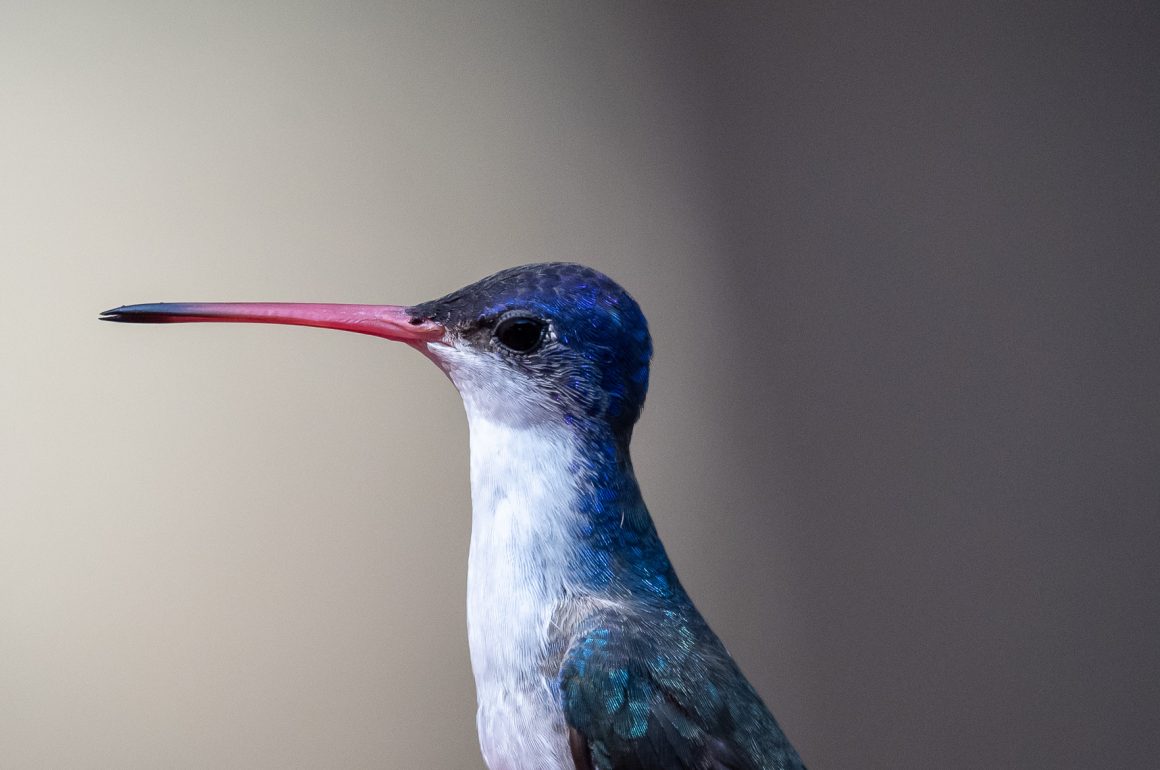
When we stepped out of the Phoenix Sky Harbor International Airport, a wave of stifling air hit us. The rental car registered the temperature at 115°F. Why would anyone choose to visit southeast Arizona during the summer? Birds, of course!
Each August, Tucson Bird Alliance hosts the Southeast Arizona Birding Festival. Much like every other festival, there are field trips, speakers, educational opportunities, and a vendor area. This was our second time leading field trips to various places around Tucson, and I was excited to be back and hoped to see a few lifers, albeit a little nervous about the extreme heat. The goal is to stick to the canyons and mountains that are higher up and therefore have cooler conditions. Couple that with wake-up calls set to 4 am and you have the tools to beat the heat.
Our first night was spent at Santa Rita Lodge, which is in the middle of Madera Canyon. The lodge has numerous warnings about the lack of cell phone service and emergency services. Still, we stayed here several years ago and knew what an incredible location it is, despite the remoteness. The evenings and mornings are cool and full of interesting species that are specific to the areas, including the Elegant Trogon. However, the one night we were staying there, we were searching for a Buff-collared Nightjar that was frequently heard calling in the nearby Box Canyon.
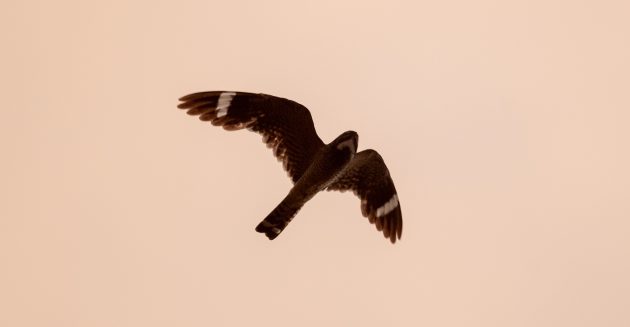
We checked into our cabin and headed towards the hotspot just before sunset to see if the nightjar was around. Upon arriving, there were dozens of Lesser Nighthawks flying overhead towards the east and a few sparrows calling. Just after nightfall, when it was a bit too late for photos, we saw a different nightjar flapping fancifully over the short trees along the one road cutting through the canyon. I got binos on it and easily spotted the tan band around its neck and lack of white windows in its wings – Buff-collared Nightjar!
The next morning, we headed further into the canyon after sunrise in hopes of seeing an Elegant Trogon. eBird lists were not much help in pinpointing specific locations, but we tried the top parking lot, Mt. Wrightson Picnic Area, where four had been seen the day before. Hiking up towards the ridgeline along the wash, we heard it calling faintly further up the trail. I jauntily moved towards the sound and saw nothing—a rare “heard-only” lifer. We soothed our egos by watching the feeders at Santa Rita Lodge, full of Mexican Jays, Bridled Titmouse, and Acorn Woodpeckers.
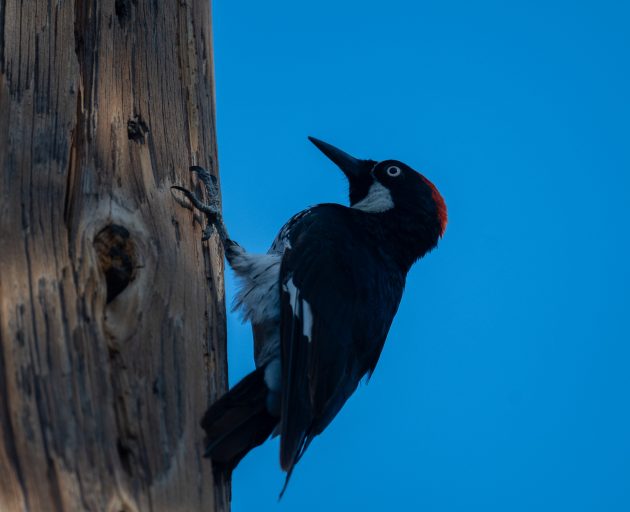
While still early in the morning, we headed to the other side of the mountains to the famed Paton Center for Hummingbirds. It is aptly named, as the hummingbirds at the feeders are plentiful, zipping around and arguing over feeders. Black-chinned, Broad-billed, Violet-crowned, Anna’s, and Rufous Hummingbirds dominate the feeders with Gray Hawks calling overhead and Canyon Towhees, Common Ground, and Inca Doves plodding along the edges of the feeding area. A wander through the Richard Grand Memorial Meadow resulted in several different ages of Phainopepla. The adjacent Sonoita Creek had a trickle of water, attracting Lesser Goldfinches, Yellow-breasted Chats, and Varied Buntings trying to cool off in the extreme heat.
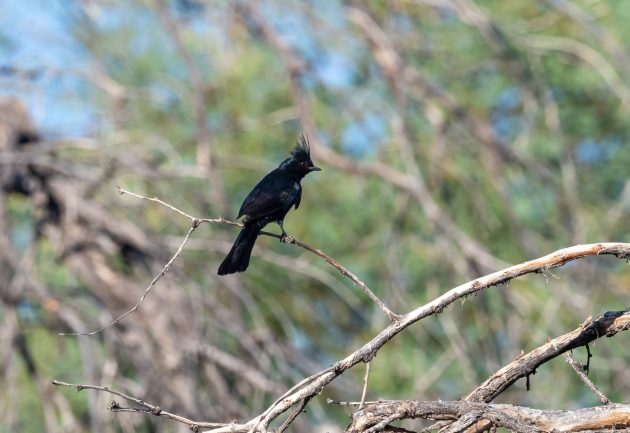
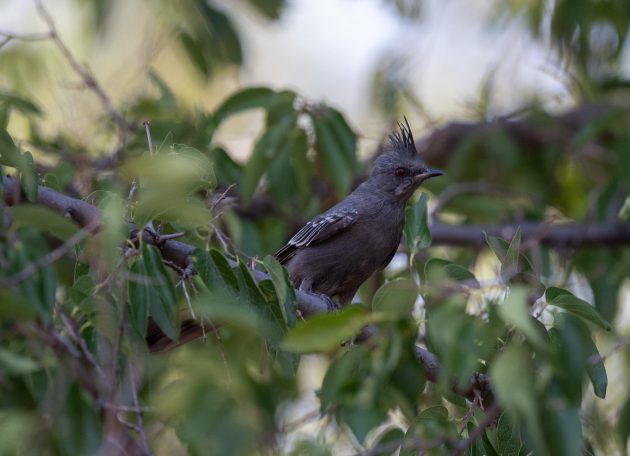
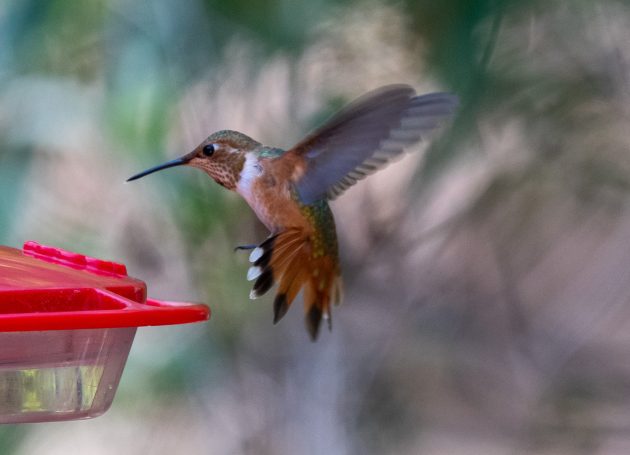
We had one last place to scout before the festival: Harshaw Canyon. A nesting Rose-throated Becard has attracted a lot of attention, so we targeted that site. Fortunately, someone at Paton had warned us that there was a roadside delineator with a white cloth that marked the Becard nest. After meandering next to Harshaw Creek and watching Dusky-capped Flycatchers play around, we found the delineator and the messy nest that looked like the result of flood debris – but too high up in the tree. It was later in the morning, so most of the birds were past their morning feeding and more in a lounge-about state. But it was hawk o’clock! A couple of Gray Hawk chicks were still hanging around the nest, not quite ready to launch, but the parents were tempting them by soaring against the ridgeline. Also, a Zone-tailed Hawk tried to fool us into thinking it was a Turkey Vulture. A Yellow-billed Cuckoo quietly cop-cop-copped above the stream. But no sign of the Becards that morning.
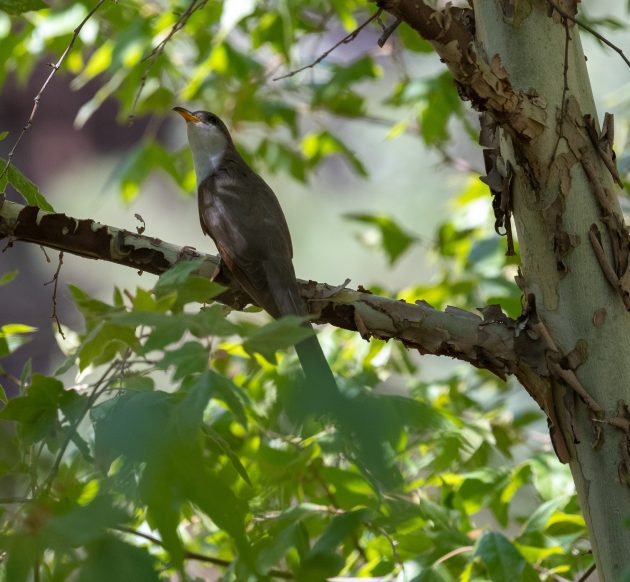

Southeast Arizona might not seem like the optimum birding spot in the heat of the summer, but there are still plenty of birds to see – make sure to get out early and be prepared for the heat! A few things to remember while birding in hot places: bring more water than you think you will need, pace yourself, start early, listen to your body, and do not overdo it!



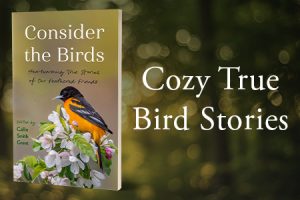

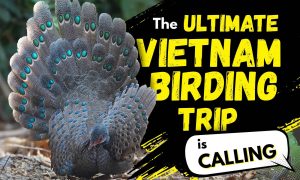
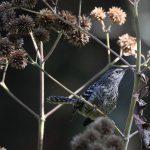
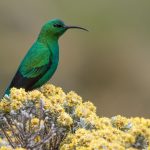
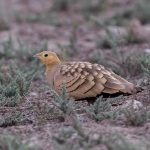
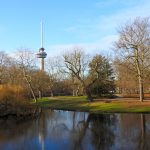
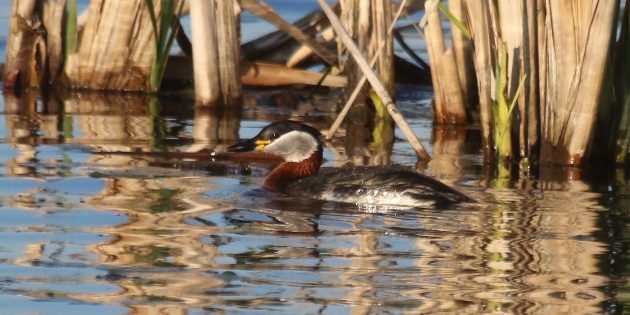
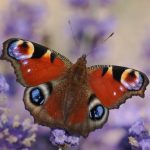
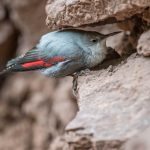
I’d like to say “cool place to go birding” but that would be wrong… AZ is prime birding land in the US.
I hate to say it, as it might discourage some from coming to southwestern Mexico to bird, but the species you mentioned could not be more familiar to me. Some of them, I saw yesterday within the city limits of Morelia (including the Elegant Trogon). In our defense, there are quite a few here that don’t make it that far north.
Thanks for wonderful memories of birding around Tuscon. All of Arizona is great, although we avoided the summer months.
I can see why! It is one of those great birding locations that is fun to go to again and again.
Thanks, Hannah, for an interesting read; loved “ hawk o clock”. Feeling thirsty, now.
What a great article you wrote and great trip to Tucson Arizona! Although scorching hot, we were there too & relished the opportunity to see the birds of the surrounding area. Thank you for an exciting time!